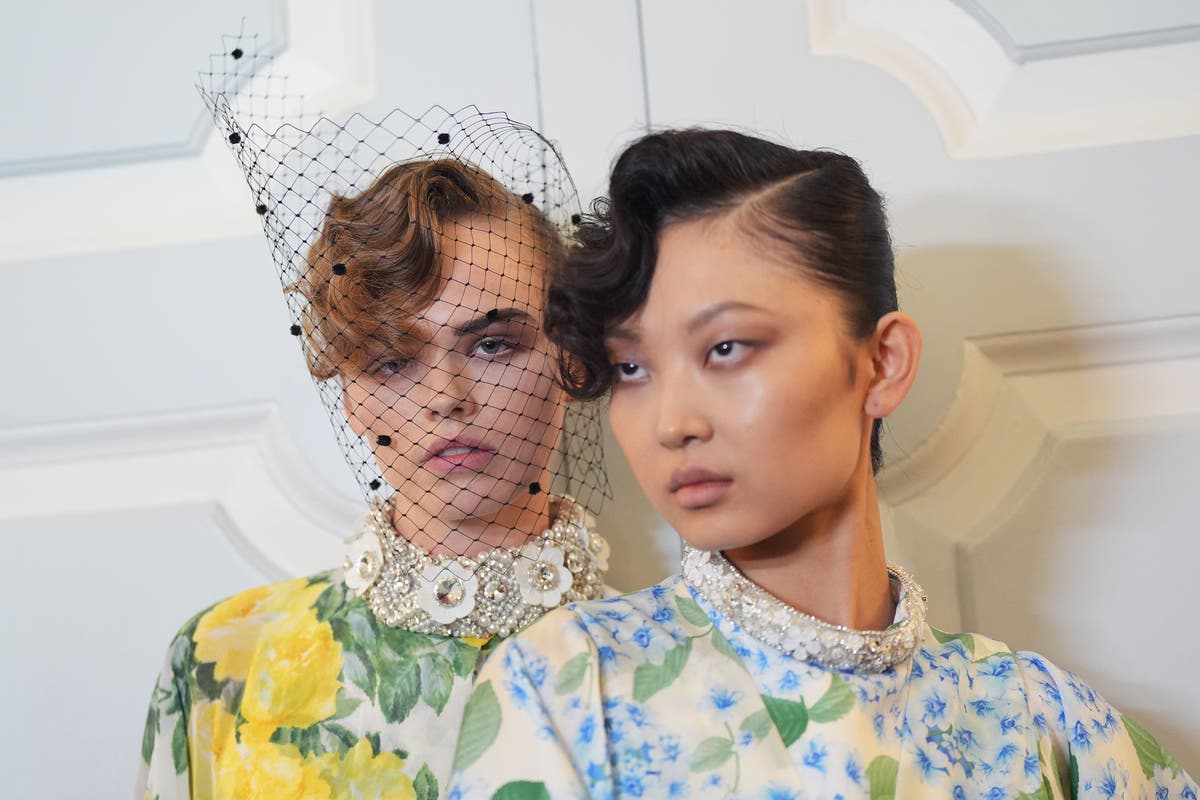On our last day in Texas on the Livestock Tours presented by Western Livestock Journal, we saw Hereford cattle. We learned about American Spanish Goats on a fifth-generation ranch west of Austin and north of San Antonio. At 6 a.
m. in San Antonio, it was 80’F, and TV weather said it felt like 86’F, and expecting 100’F. Enroute to Stonewall, we drove past a couple of vineyards, the first I had seen on this trip.

Yucca plants were in bloom, and groups of bicyclists were on the highway. We were at 1,700 ft elevation, and trees were on the hills. Weinhiemer Ranch is 146 years old this year.
The ranch was started by Jacob (1857-1931) in 1878 when he was 21 years old, on land that his father John had purchased in eastern Gillespie County. The family presented a history of the Weinhiemer family with pictures of family, genealogy, land, and brands. It was similar to what my mother and sister Marilyn presented at the Willard Family Association, years ago, although we didn’t incorporate like Weinhiemer.
(Each son got a part of the original ranch when my great-grandmother died in 1923) Weinhiemer Ranch has 18 shareholders, with a 3 Day Camp Out of cousins, 40 to 50 people. The ranch has had livestock diversity over time with registered Herefords, commercial cattle, registered Brafords, registered Quarter Horses, Delaine sheep, Angora goats, Moulton sheep, Texas Dali sheep, Black Hawaiian sheep, Desert Paint sheep, Jacobs sheep, and now American Spanish goats. In 1921, five registered Hereford heifers were purchased, and with registered Hereford bulls, the herd was started.
Weinheimer Ranch and Lyndon Baines Johnson partnered on registered Herefords. They helped Johnson develop his registered herd and leased land from LBJ for ranching. Weinhiemer is rebuilding the registered Hereford herd after the drought.
They use a lot of leased land, and had to purchase the cows to lease the land. In the past, they sold a lot of Herefords in South Texas and Mexico, but now it is deer instead of cattle on those ranches. In the 1950s, the purebred Spanish Goat herd was started with foundation bloodlines.
Weinhiemer was a founding member of the American Spanish Goat Association, and their goats are sought after, from throughout the U.S. and abroad.
They are muscle and bone goats instead of wool, and the main focus of the ranch is raising seed stock. The billys will last nine years, while the does can be 12 to 15 years old. They put 150 does with two bucks.
There is a large sale in middle Missouri, 750 and up for a stud billy, while registered nannies are $600 to $700, and replacement nannies are $300 to $400. Many ethnic buyers like goat meat, and “last week 40 to 60-pound kids were from $1 to $4 a pound.” Goats are browsers, “eyeballs up for browse,” while grass is not ideal for goats.
The sheep operation is different. The Corsican, Black Hawaiian, Texas Dahl and Desert Paint are Barbado species, known for their trophy ram horns, and as a game ranch supplier. The Jacobs sheep have four horns growing in different directions for the hunting market.
Anna’s Hunting & Fishing is another source of income for Whitetail deer, Axis deer, Blackbuck Antelope, Pronghorn Antelope, Mule Deer, Turkey, and Dove. Axis deer are compared to wild pigs, and a buck hunt is $ 2500-plus. Anna has day hunts, 2 to 3-day hunts, and season lease hunters.
The brands were interesting, since in 1851, it was a W, then a 93 from 1855 to 1956, when they dropped the 93 and became a Flying W. In Texas, the brands are registered by counties in the 254 counties instead of states like California. Back on the bus, and Kevin, our driver, put the cd “Luckenbach, TX” on the p.
a. A place that sounds familiar if you are a Waylon Jennings or Willie Nelson fan, since we were going to have lunch in the outdoor dancehall. Tri-tip slider, toss green salad, mashed potatoes with gravy, black or sweet iced tea or water.
We heard the history of Luckenbach since it was a Comanche Indian trading post. Then a German settlement, and in 1886 the name was changed from Grape Creek. Several names were mentioned connected with music, but Willie Nelson had five 4th of July picnics here, is only one I remember.
There were several buildings with things to buy inside and music outdoors under a tree. Bronze statue of a musician and an old man. A group of motorcycle riders, plus lots of tourists like us.
Our tour finished in San Antonio, where a bus load braved the 110+’F temperatures to tour the Alamo and River Walk. Linda and Kevin rode a River Walk boat and had ice cream since they had toured the Alamo a week earlier. It was too hot for me, so I stayed at the hotel with many others, including longtime friends Zeke and Susie Frost of Happy, Texas.
They surprised me with a Cross handcrafted by Zeke and Weston Wheeler. The cross is made from a Cholla cactus, with the base from the root of a Cholla cactus. The Cholla cactus was gathered from their ranch in Eastern New Mexico.
The wood is cleaned, and then a bleaching technique is used to highlight the wood before shining the artwork with epoxy. All crosses are one-of-a-kind pieces of art. Beautiful, and small enough to put in my suitcase for the trip home.
Looking forward to next year’s trip with Livestock Tours..



















